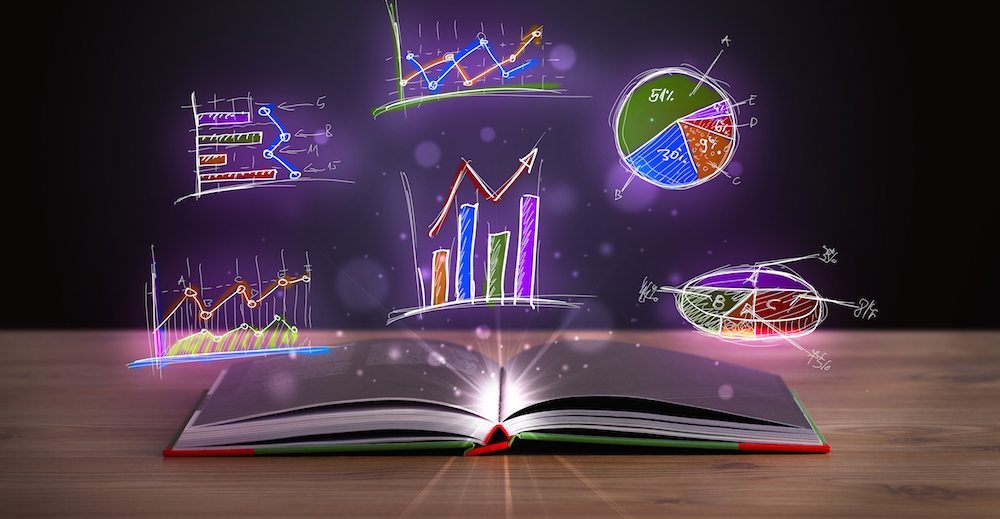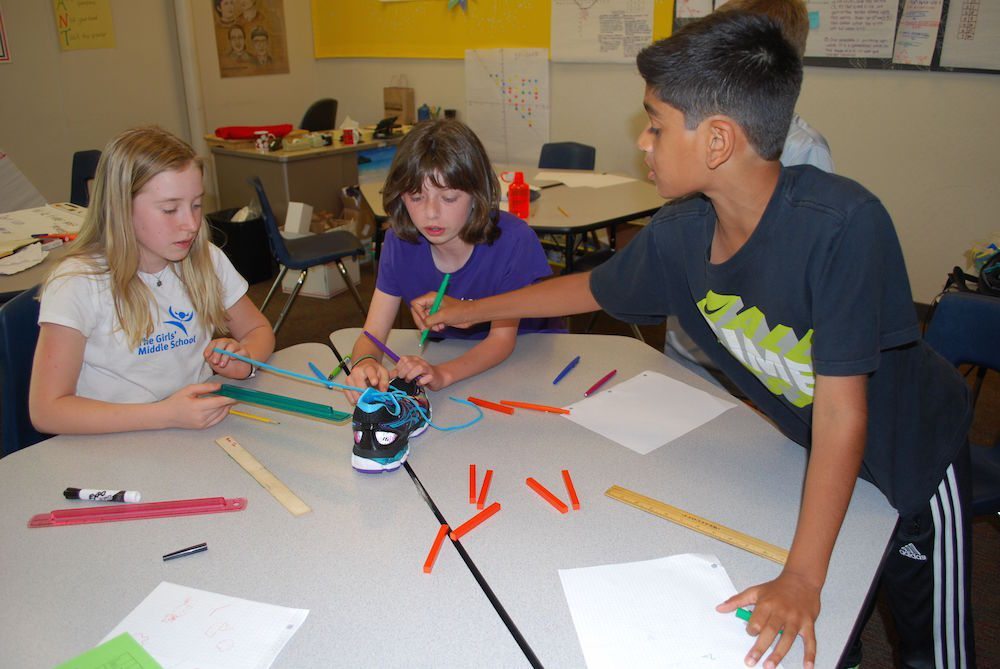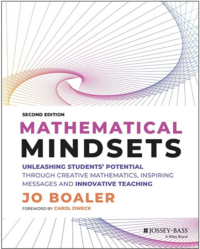
Mathematics educators have long known that engaging students in visual representations of mathematics is extremely helpful for their learning. When youcubed offered “How Close to 100” as an activity for learning math facts with visual representations, teachers across the world were thrilled and responded with thousands of tweets showing students learning by playing the game.
Research shows the importance of visual thinking for mathematicians.

When researchers have considered the brains of mathematicians, and compared them with similarly high achieving academics who worked in non-mathematical fields, they find something fascinating (Amalric & Dehaene, 2016). We might assume that when people are thinking numerically, they are thinking “with language” and that high-level mathematical reasoning would draw from language processing areas of the brain. What the researchers found was that the brain activity that separated mathematicians from other academics came from visual areas of the brain – and this was true whatever the mathematical content. It was not only subjects like geometry or topology that caused activity in the visual brain areas, but algebra and calculations, with minimal use of any language areas. This led the researchers to offer the possible explanation that the mathematicians’ achievement in math came from early childhood experiences with “number and shape.”
Visual mathematics is an important part of mathematics for its own sake and new brain research tells us that visual mathematics even helps students learn numerical mathematics.
In a ground breaking new study Joonkoo Park & Elizabeth Brannon (2013), found that the most powerful learning occurs when we use different areas of the brain. When students work with symbols, such as numbers, they are using a different area of the brain than when they work with visual and spatial information, such as an array of dots. The researchers found that mathematics learning and performance was optimized when the two areas of the brain were communicating (Park & Brannon, 2013). (for math questions that encourage this use of visual and symbolic representations see our Tasks). Additionally, they found that training students through visual representations improved students’ math performance significantly, even on numerical math, and that the visual training helped students more than numerical training.
What is Visual Mathematics?
 At youcubed we provide many different mathematics tasks that engage students in visual mathematics. Through decades of work with students, teachers, high-tech companies, politicians and others we have learned that people are excited and inspired when they see mathematics as pictures, not just symbols. For example, consider how you might solve 18 x 5, and ask others how they would solve 18 x 5. Here are some different visual solutions of this problem.
At youcubed we provide many different mathematics tasks that engage students in visual mathematics. Through decades of work with students, teachers, high-tech companies, politicians and others we have learned that people are excited and inspired when they see mathematics as pictures, not just symbols. For example, consider how you might solve 18 x 5, and ask others how they would solve 18 x 5. Here are some different visual solutions of this problem.
Each of these visuals highlights the mathematics inside the problem and helps students develop understanding of multiplication. Pictures help students see mathematical ideas, which aids understanding. Visual mathematics also facilitates higher-level thinking, enables communication and helps people see the creativity in mathematics.
Mathematics is a subject that allows for precise thinking, but when that precise thinking is combined with creativity, openness, visualization, and flexibility, the mathematics comes alive.
Teachers can create such mathematical excitement in classrooms with any mathematics question by asking students for the different ways they see and can solve the problems and by encouraging discussion of different ways of seeing problems.
For an example of visualizing algebra see here.
When we don’t ask students to think visually, we miss an incredible opportunity to increase students’ understanding and to enable important brain crossing.
This extract contains excerpts from Jo Boaler’s book Mathematical Mindsets, and her new, forthcoming book: Mathematical Diversity.
References:
Amalric, M., & Dehaene, S. (2016). Origins of the brain networks for advanced mathematics in expert mathematicians. Proceedings of the National Academy of Sciences, 113(18), 4909-4917
Park, J., & Brannon, E. (2013). Training the approximate number system improves math proficiency. Association for Psychological Science, 1–7.

